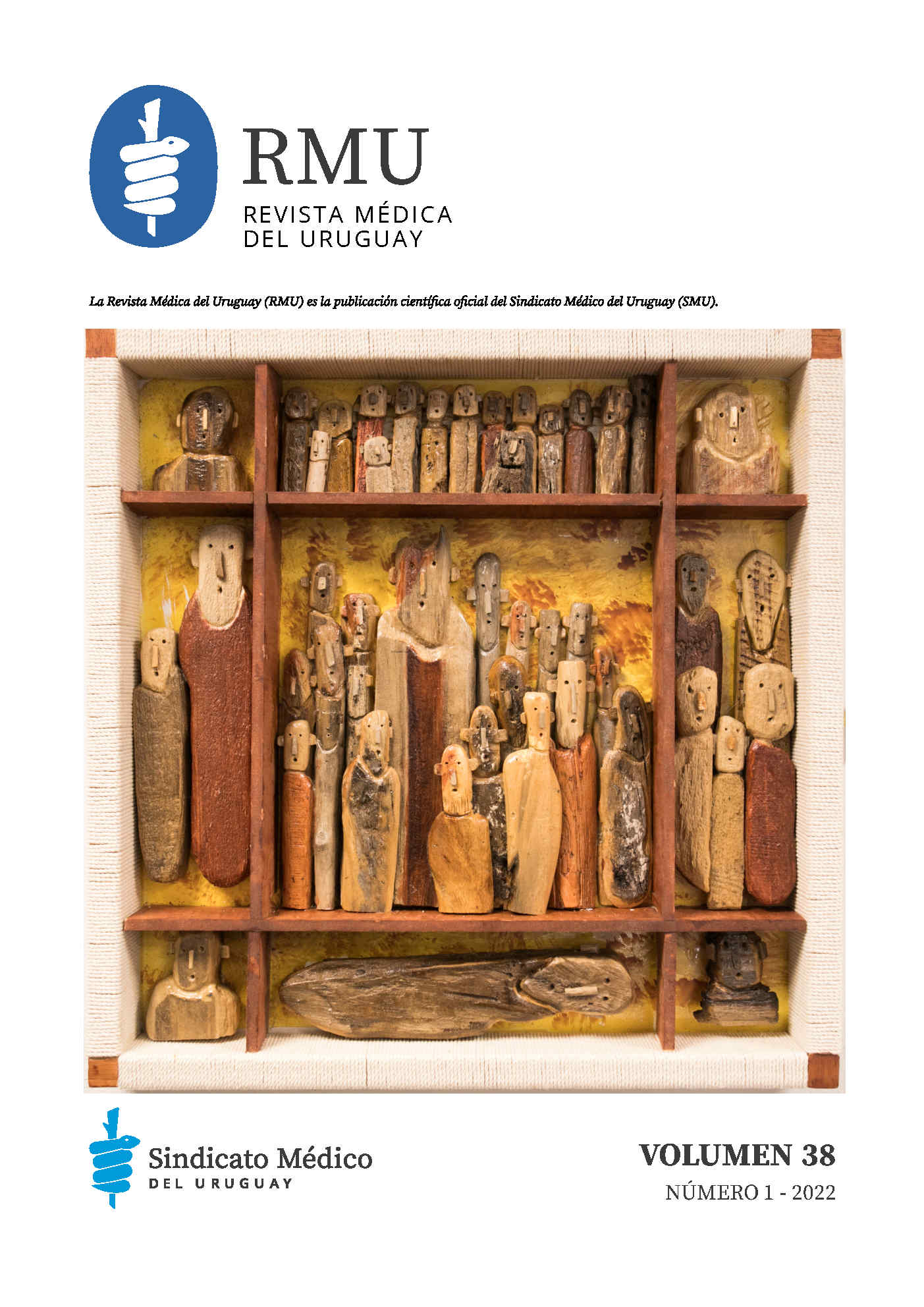Comparative study of toluidine blue and hematoxylin and eosin staining in evaluating skincarcinoma during Mohs micrographic surgery
Abstract
Introduction: Mohs micrographic surgery is a specialized surgical technique used to treat nonmelanoma carcinoma. Histopathology plays a vital role in the diagnosis of this condition, and the choice staining method is controversial.
Objective: to compare results in the use of hematoxylin and eosin (H&E) versus Toluidine blue (TB) staining during surgery.
Method: observational, descriptive and transversal study conducted from November, 2017 until May, 2018 of the slides used during surgeries in the selected period. Slides were analysed by the Mohs surgeon, 3 residents and a dermopathologist to evaluate the results of both staining methods, in consideration of cell features and stromal elements.
Results: 23 tumors were analysed (16 Basal Cell carcinomas and 7 Squamous Cell Carcinoma). Microscopic observation of slides prepared with Toluidine blue and hematoxylin and eosin stains did not show significant global differences between both groups, except in terms of a few characteristics, in particular with hematoxylin and eosin stains.
Conclusions: this was the first study in Uruguay to evaluate the effectiveness of both staining methods during Mohs micrographic surgery, and it concluded that both Toluidine blue and hematoxylin and eosin stains are very good techniques in evaluating skin-cancer.
References
2) Madan V, Lear JT, Szeimies RM. Non-melanoma skin cancer. Lancet 2010; 375(9715):673-85.
3) Ocampo-Candiani J, Vidaurri LM, Olazarán Z. Cirugía micrográfica de Mohs en tumores malignos de piel. Med Cutan Iber Lat Am 2004; 32(2):65-70.
4) Lane JE, Kent DE. Surgical margins in the treatment of nonmelanoma skin cancer and mohs micrographic surgery. Curr Surg 2005; 62(5):518-26.
5) NCCN Clinical Practice Guidelines in Oncology. National Comprehensive Cancer Network. Versión 2, 2018.
6) Alaejos Algarra C, Berini Aytés L, Gay Escoda C. Valoración de los métodos de tinción con azul de toluidina y lugol en el diagnóstico precoz del cáncer bucal. Av Odontoestomatol 1996; 12(7):511-7.
7) Geneser F. Histología. 3 ed. Buenos Aires: Médica Panamericana, 2009.
8) Styperek A, Goldberg L, Goldschmidt L, Kimyyai-Asadi A. Toluidine blue and hematoxylin and eosin stains are comparable in evaluating squamous cell carcinoma during Mohs. Dermatol Surg 2016; 42:1279-84.
9) Humphreys T, Nemeth A, McCrevey S, Baer S, Goldberg L. A pilot study comparing blue and hematoxylin and eosin staining of basal cell and squamous cell carcinoma during Mohs surgery. Dermatol Surg 1996; 22:693-7.
10) Tehrani H, May K, Morris A, Motley R. Does the dual use of toluidine blue and hematoxylin and eosin staining improve basal cell carcinoma detection by Mohs surgery trainees? Dermatol Surg 2013; 39:995-1000.
11) Fernández K, Rodriguez de Valentiner RA, Chópite M, López C, Jalmes RO, Oliver M. Características clínicas e histológicas del carcinoma basocelular. Dermatol Venez 2003; 41(2):9-14.
12) Goldberg LH, Wang SQ, Kimyai-Asadi A. The setting sun sign: visualizing the margins of a basal cell carcinoma on serial frozen sections stained with toluidine blue. Dermatol Surg 2007; 33:761-3.
13) Humphreys TR. Commentary: Does the use of toluidine blue and hematoxylin and eosin improve tumor detection by Mohs surgery trainees? Dermatol Surg 2013; 39(7):1001-2.
14) Feasel AM, Brown MD, Bogle MA, Tschen JA, Nelson BR. Perineural invasion of cutaneous malignancies. Dermatol Surg 2001; 27:531-42.
15) Donaldson MR, Weber LA. Toluidine blue supports differentiation of folliculocentric basaloid proliferation from basal cell carcinoma on frozen sections in a small single-practice cohort. Dermatol Surg 2017; 43(10):1303-6.

This work is licensed under a Creative Commons Attribution-NonCommercial 4.0 International License.













